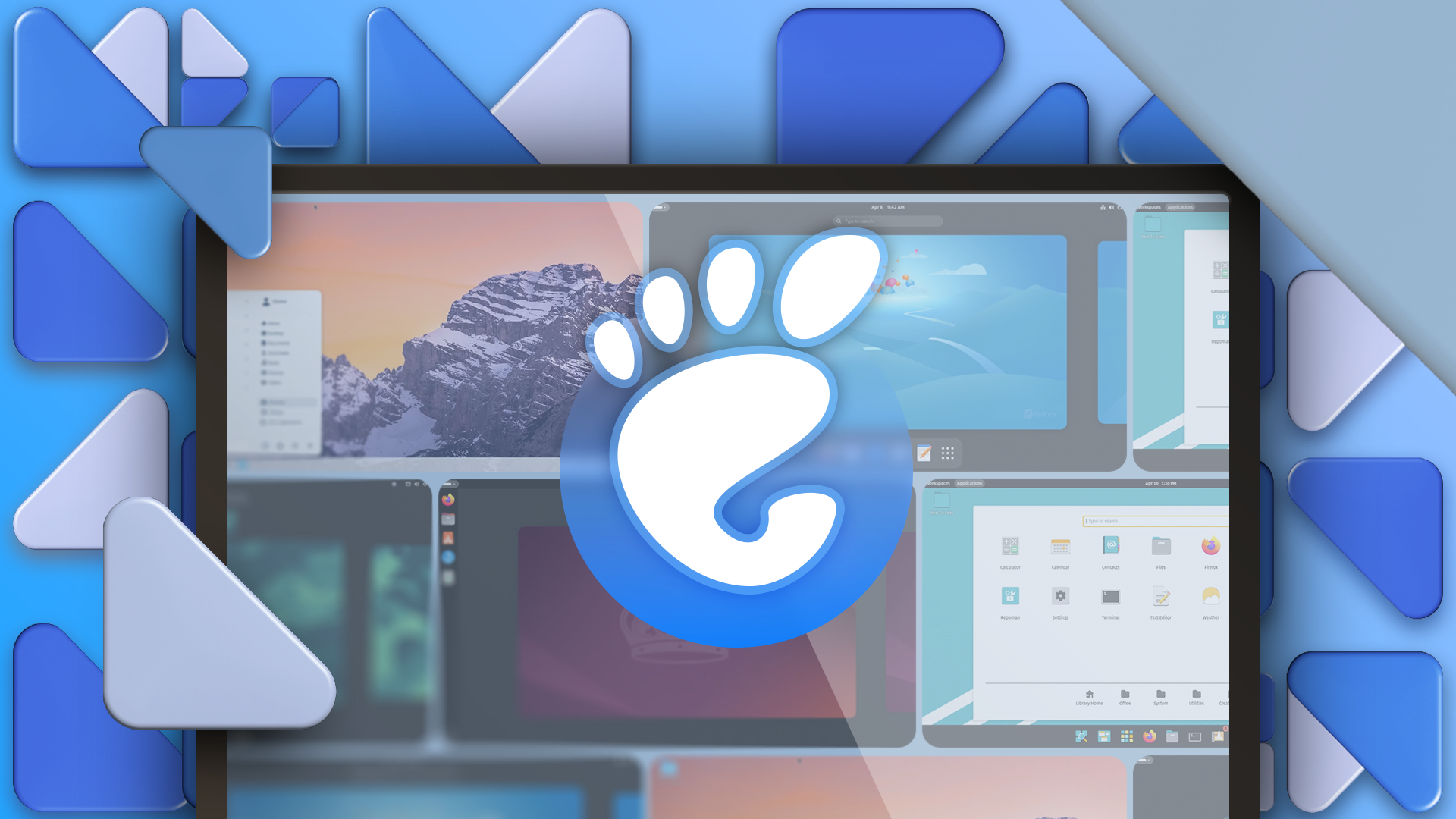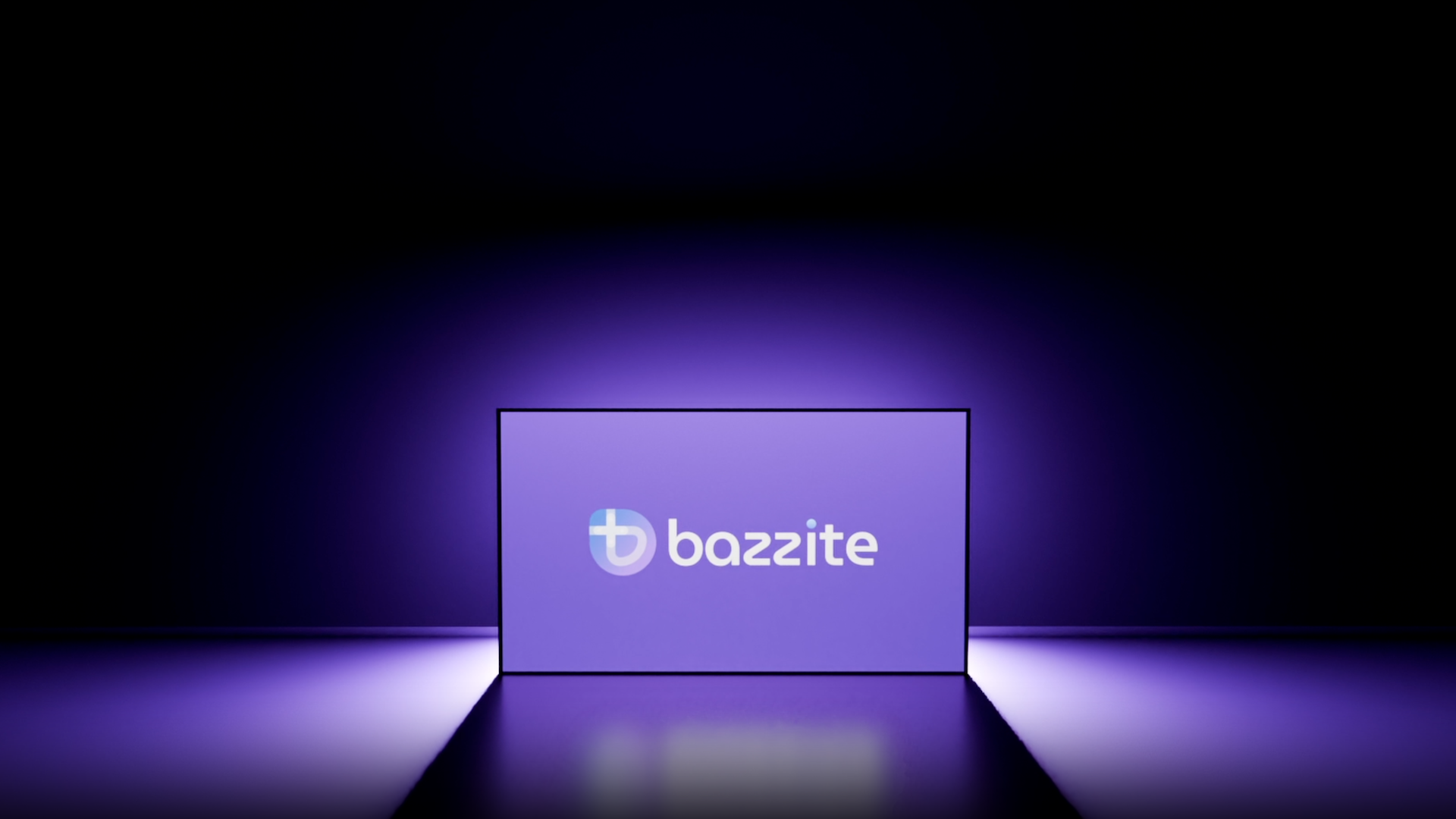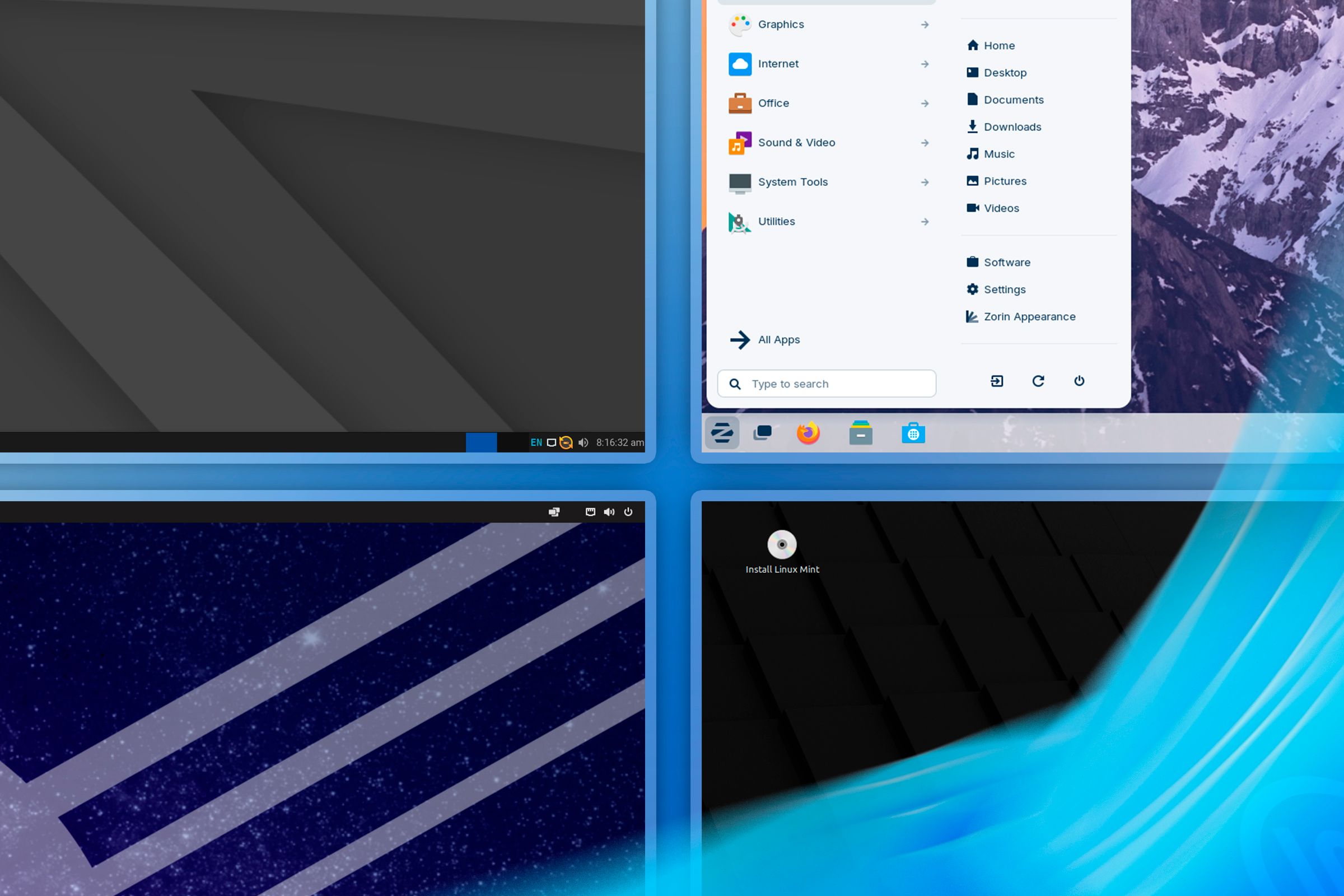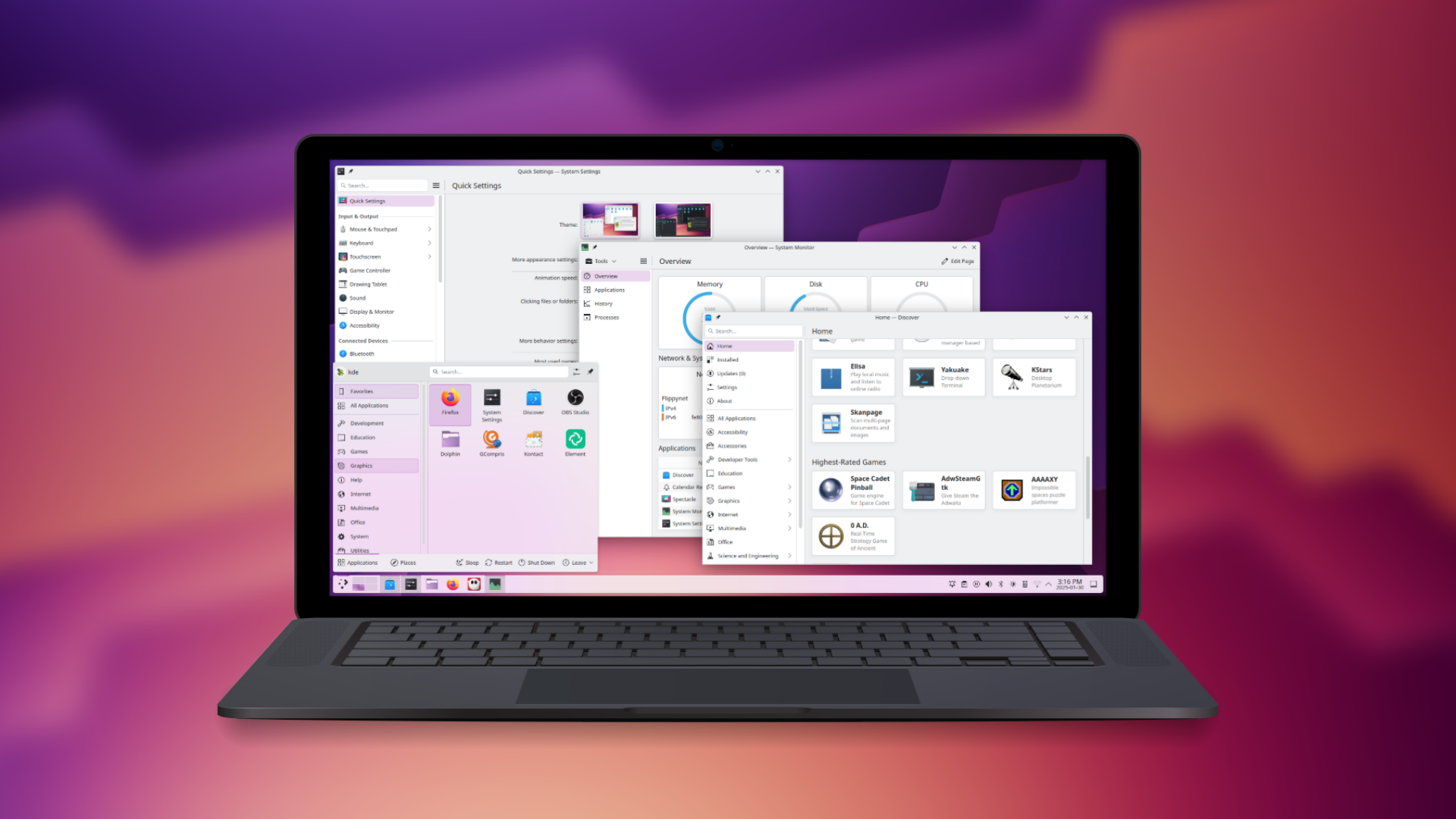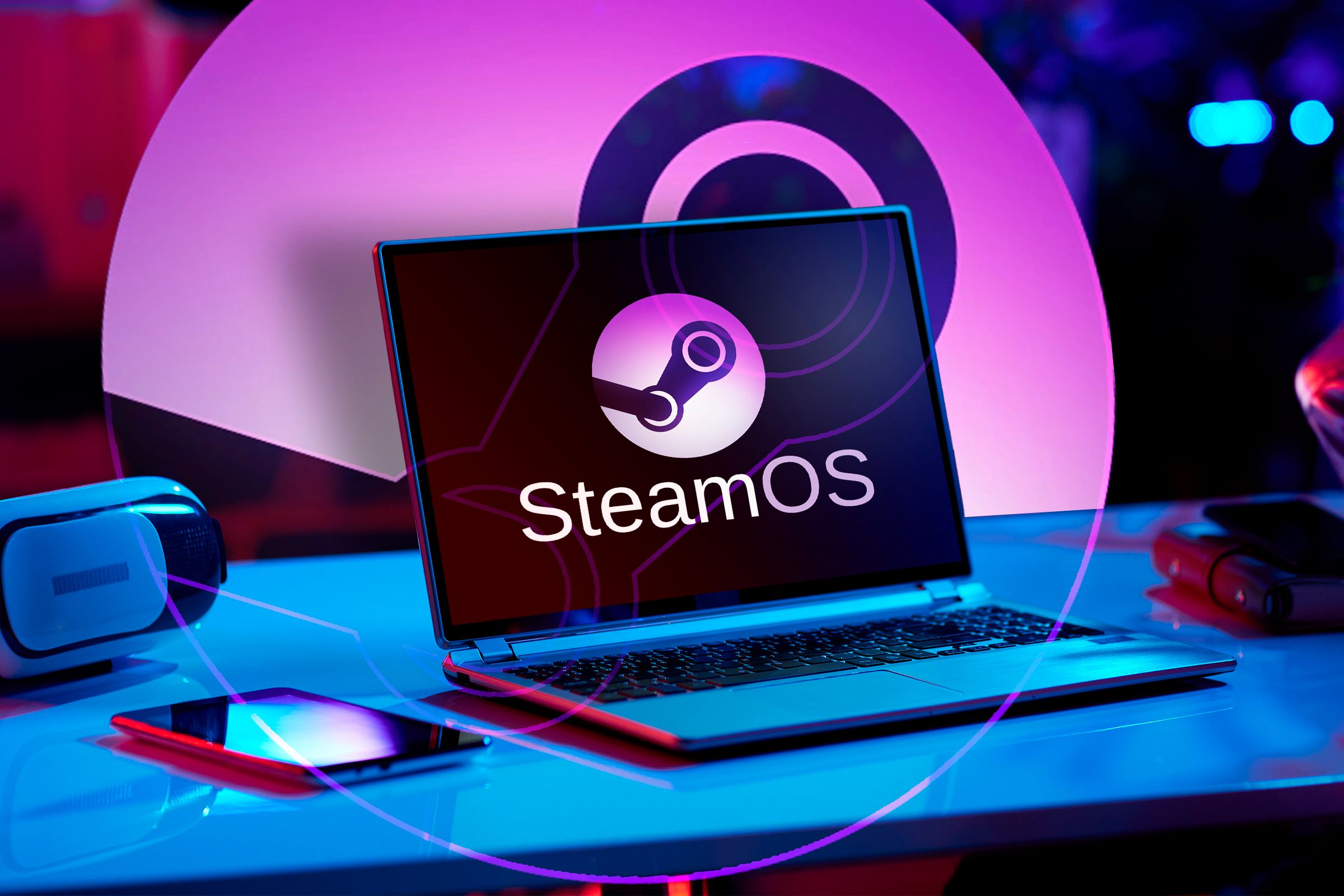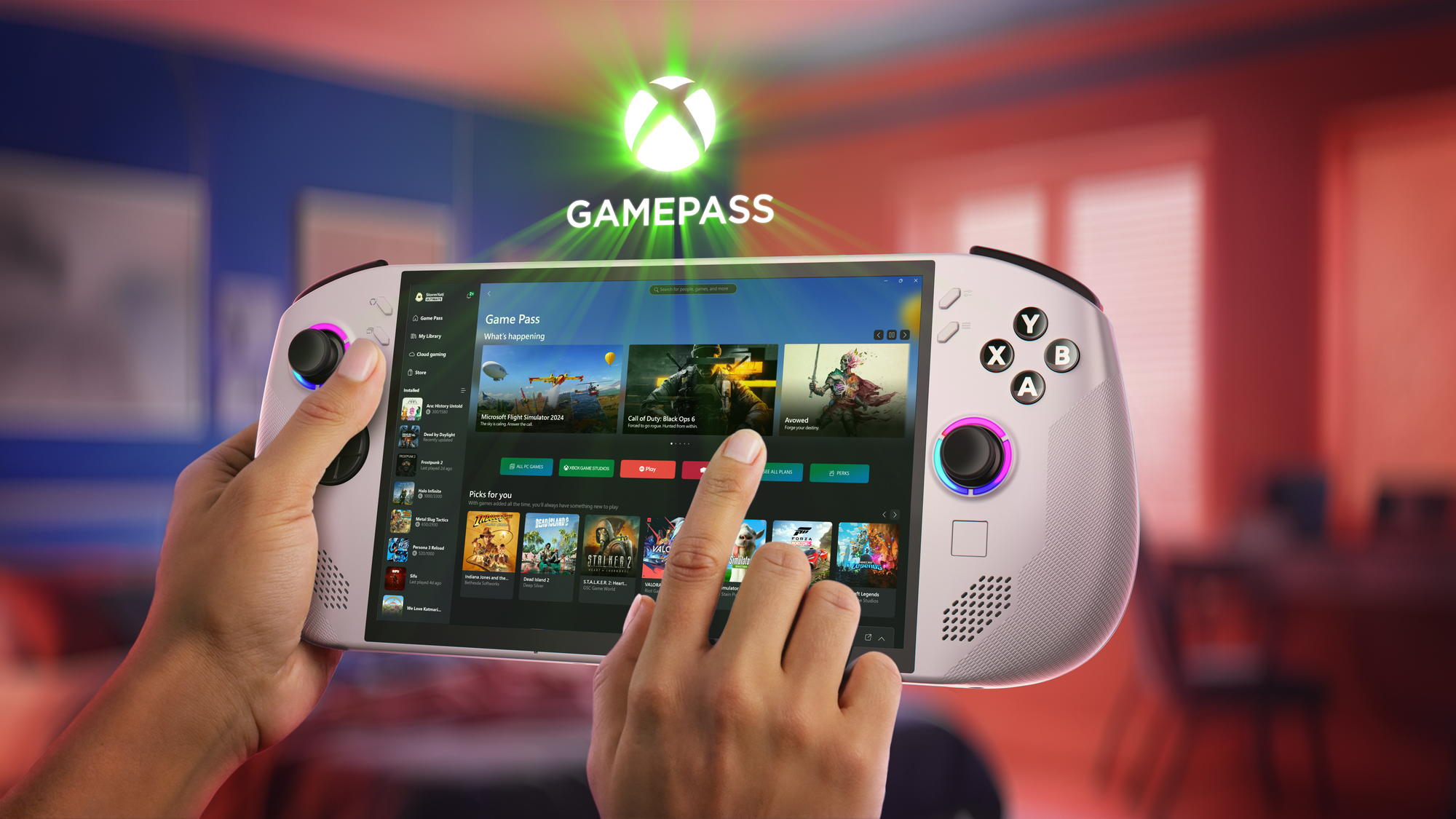Own a Steam Deck and would like to try out an alternative operating system that’s not Windows? Have you thought about installing Bazzite? While SteamOS is arguably the best choice for Steam Deck, Bazzite does hide a couple of tricks up its sleeve that make it a worthy SteamOS alternative.
Reasons You Would Install Bazzite
While it’s not for everyone, let’s first go over the benefits of installing Bazzite in SteamOS’ place.
1. To Experiment With Different Desktop Environments
If you cannot daily drive the same operating system for long and are disappointed you can’t install any ol’ Linux distro onto your Steam Deck because of the implication (the lack of Game Mode), Bazzite is where it’s at.
The platform comes with a fully-fledged, controller-friendly Game Mode that works great on the Deck. But, like SteamOS, Bazzite also comes with a proper Desktop mode that turns the Deck from a handheld console to a proper PC.
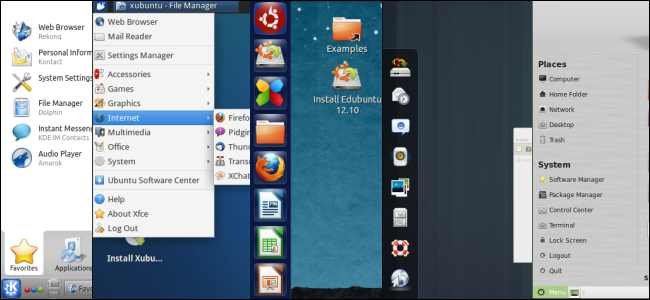
Related
What Is a Linux Distro, and How Are They Different from One Another?
If you’ve heard anything at all about Linux, you’ve probably heard of Linux distributions – often shortened to “Linux distros.
The good news is that you can pick between GNOME and KDE Plasma desktop environments, meaning you aren’t limited to the same desktop environment (Plasma) your Steam Deck’s Desktop mode is based on. While KDE Plasma is optimized for the mouse and keyboard combo, GNOME works better with touch-screen devices, which could be a plus in case you’re often navigating around your Deck’s Desktop mode without a mouse and a keyboard.
If you end up not liking GNOME but loving the backend based on Fedora Linux over SteamOS’ Arch Linux foundation, you can switch back to KDE Plasma. This way, you’ll get a similar GUI to SteamOS but with Bazzite-specific features such as faster software updates, support for full disk encryption, and an overlay file system allowing you to make changes to files outside the Home folder without them getting nuked after every update.
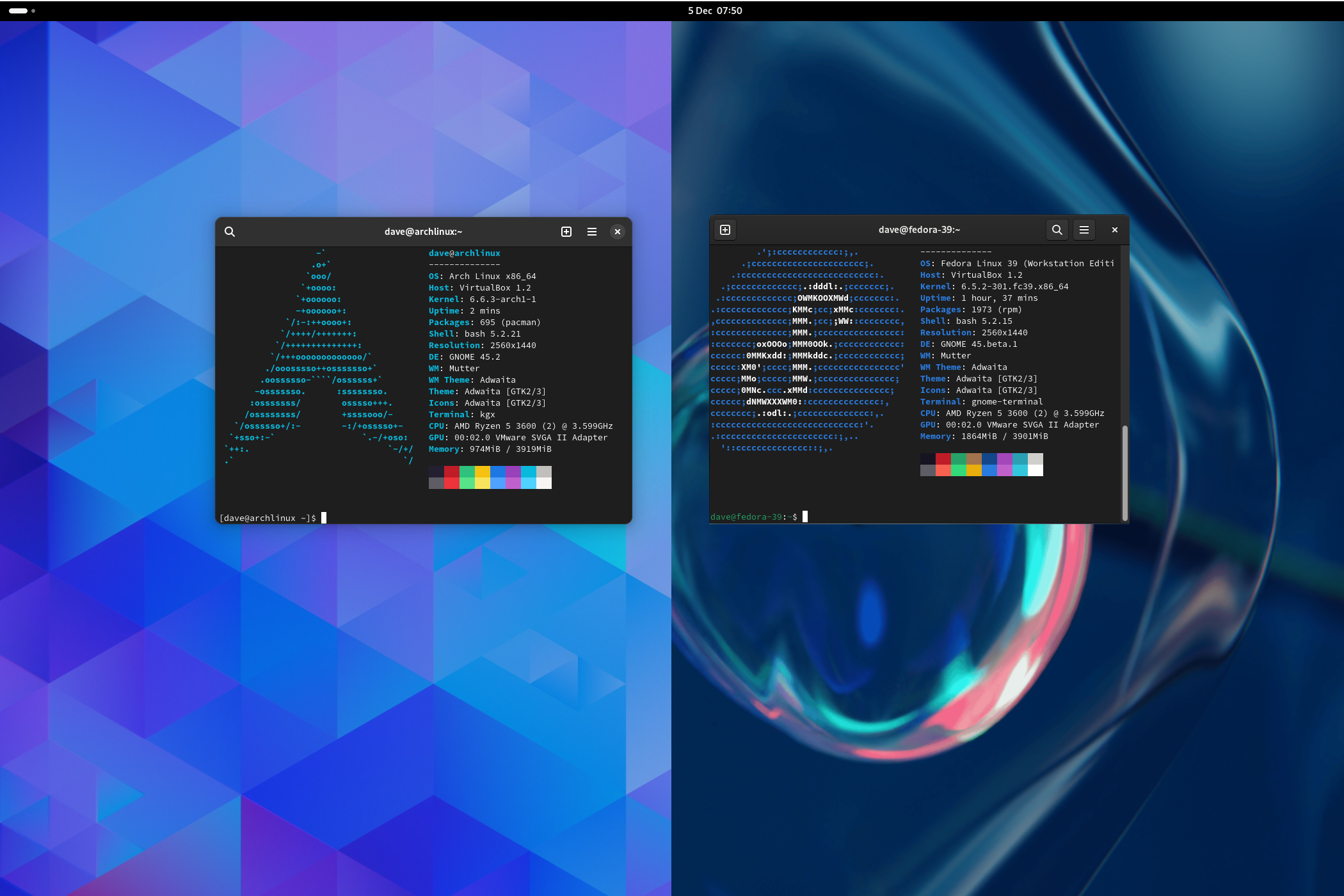
Related
Arch Linux vs. Fedora Linux: Which Should You Use?
They’re both great. It all depends on what matters to you.
The overall performance, battery life, and game support are virtually the same between SteamOS and Bazzite. If you end up liking the latter more than Valve’s official Steam Deck OS, you can continue daily driving it without worrying you’re missing out on something.
2. For Troubleshooting Your Steam Deck
I wish Bazzite had been available back when I troubleshooted download speed-related issues on my Deck. I wouldn’t have to install Windows to determine whether the issue was stemming from SteamOS or the Wi-Fi chip inside the Deck.
Bazzite comes with Game Mode and a GNOME desktop environment that’s touch-screen-friendly, allowing you to easily troubleshoot issues without a mouse and keyboard (you’ll need a keyboard to install Bazzite, though), unlike with Windows, where a mouse and a keyboard are highly recommended if you want to do anything other than installing and playing games.
3. For Better Security and Privacy
While it’s a great operating system for a gaming-focused device, SteamOS does come with some limitations. One of them is the lack of support for full disk encryption. You can Macgyver limited encryption of the home partition, but this procedure requires time and patience and isn’t as effective as full disk encryption.
Bazzite, on the other hand, fully supports the Linux Unified Key Setup (LUKS), as well as full disk encryption. All you’ve got to do is click the “Encrypt Data” button during installation, and that’s pretty much it.
4. To Have More Control Over the OS
Now, both SteamOS and Bazzite have read-only filesystems, preventing you from inadvertently breaking the OS; understandable considering both platforms are made primarily for gaming. But Bazzite has the advantage of using an overlay filesystem. In a nutshell, this allows you to make changes to the system without them being nuked with each system update.
This is great for niche use cases, like if you want to do some development work on your Deck, run other Linux distros via Distrobox, or use rpm-ostree to install Fedora packages that won’t reset with the next system update.
However, having an overlay filesystem is also great for some gamer-centric use cases. For instance, on Bazzite, you can set up Waydroid—an excellent tool to run Android apps on Linux—once and forget about it. On SteamOS, you have to go through the setup procedure after each system update.

Related
It’s also worth mentioning that some handy apps, such as Waydroid and Lutris, come pre-installed on Bazzite.
Bazzite also gets software updates faster than SteamOS. For example, Bazzite was on KDE Plasma 6 for months before the update landed on SteamOS.
Another reason to switch to Bazzite is that it provides a better experience when docked. SteamOS works fine with docks, but multi-monitor support is lacking. Heck, from my experience, even making my Deck’s display and the external monitor play nice with one another can be a pain sometimes.
On Bazzite, you can use multiple monitors without issues. You can even adjust UI scaling on your external monitor and your Deck’s built-in display independently of each other.
The multi-monitor quirks stem from Valve using the X11 protocol instead of Wayland when the Desktop mode is active. In contrast, Bazzite uses Wayland for desktop sessions, which generally works better with multi-monitor setups than X11.

Related
State of Linux Windowing Systems: Is Wayland Good in 2025?
Wayland is supposedly the way of the future, but when does that future actually arrive?
Last but not least, and I’m serious here, Bazzite supports printers while SteamOS doesn’t. As of this writing, the only way to get CUPS/printer support on SteamOS is by switching to the SteamOS Beta channel.
5. In Case You Can’t Stand KDE Plasma
Some people just don’t like certain things, and that’s completely fine. Personally, I like Plasma. It’s similar to Windows, comes with an awesome default file manager (but you’re free to try alternatives), works fine without a mouse and keyboard, performs super snappy on my Steam Deck, and doesn’t lack any features I might need.
You, on the other hand, might prefer GNOME. Or simply cannot stand KDE Plasma despite being content with the SteamOS feature combo; here’s when Bazzite enters the conversation. If you like your Deck but hate its desktop GUI, install Bazzite with GNOME and break the Plasma shackles every Steam Deck is confined with.
The Wrong Reasons to Switch to Bazzite
While Bazzite is the best SteamOS alternative, you shouldn’t replace SteamOS with Bazzite if any of the following is true.
1. You Want to Play More Multiplayer Games on Your Steam Deck
Bazzite, like SteamOS, is based on Linux. In other words, the multiplayer games not working on SteamOS won’t work on Bazzite either.
If you want access to multiplayer games that aren’t working on SteamOS, you’ll have to abandon Linux completely and board the Windows train.
That said, I don’t like Windows on Steam Deck very much. I recommend that fans of multiplayer gaming who’d like to get themselves a handheld PC opt for a Windows-based machine instead of Steam Deck.
2. You’d Like to Play PC Game Pass Games
Being Linux-based, Bazzite, like SteamOS, doesn’t support PC Game Pass. If you want access to PC Game Pass and run games locally, you need to switch to Windows or get yourself a Windows-based handheld PC.
On the other hand, if high latency and generally subpar image quality don’t bother you and you’re subscribed to the Game Pass Ultimate tier, you can stream games to your Steam Deck with Xbox Cloud Gaming.
Personally, I wouldn’t recommend going the Xbox Cloud Gaming route unless you have no other choice. If you own a gaming PC and a Steam Deck, you can stream PC Game Pass games locally from your PC to the Deck, which works almost flawlessly with the Sunshine + Moonlight combo. You could also install Windows on your Deck, but the overall Windows on Deck experience is not up to snuff when it comes to daily driving Windows on your Deck.
3. You Want Better Battery Life or More Performance
Technically, you can prolong your Deck’s battery life with Bazzite, but the gain is negligible. You’re looking at about ten minutes of extra juice when playing games, which isn’t worth installing Bazzite for.
Performance, on the other hand, should stay the same between SteamOS and Bazzite as long as you don’t mess anything up during installation.
That said, Bazzite uses a faster 1000Hz tick-rate for its Linux kernel compared to the 300Hz tick-rate on SteamOS. According to some Deck owners who’ve tried Bazzite, this makes the overall system feel snappier and more responsive.
From my (very) limited experience of playing around with Bazzite on a friend’s ASUS ROG Ally, the responsiveness feels the same as on a Deck running SteamOS, but your mileage may vary. You’ll never know until you install Bazzite yourself.
Bazzite is very similar to SteamOS but is more flexible and comes with some nice extras that make the overall experience less limited than on SteamOS. You can set up full disk encryption and don’t have to worry about system updates nuking changes you’ve made to the system. You can easily install stuff that isn’t flatpacks or games and will receive software updates sooner than on SteamOS.
Whereas SteamOS is optimized for the Deck, Bazzite presents an excellent, stable and flexible alternative for people who’d like to switch from SteamOS and want the same, controller-friendly, user interface built on top of a Linux foundation.


